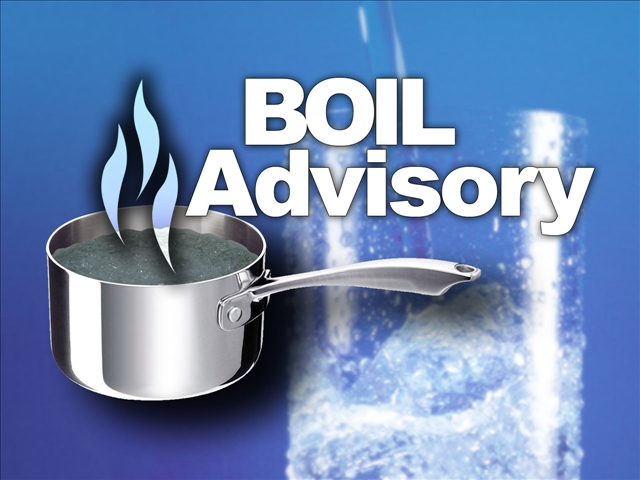What is the risk for dogs? It’s hard to say. E. coli O157 can cause infection in dogs but this is rare. Dogs that ingest E. coli O157 might shed the bacterium in their stool and potentially infect people. That’s a concern but it’s rare as well. Cryptosporidium is not an important cause of disease in dogs. So, when we look at the highest profile microorganisms in people, the risk to dogs is pretty low. However, we don’t know much about waterborne disease in dogs and it’s certainly possible that other microorganisms could cause disease and that dogs could act as an indirect source of infection of people (i.e. water to dog to person).
 Here’s a reader’s question: “Our local water authority here on the East Bay of RI has issued a “boil water” alert because of the presence of e-coli as found in a routine test. My question is: Do we need to boil dogs’ and cats’ drinking water as well? Seems that they eat the worst stuff and may have stronger systems? I gave my dog boiled water at home but then at day care they did not boil the water. “
Here’s a reader’s question: “Our local water authority here on the East Bay of RI has issued a “boil water” alert because of the presence of e-coli as found in a routine test. My question is: Do we need to boil dogs’ and cats’ drinking water as well? Seems that they eat the worst stuff and may have stronger systems? I gave my dog boiled water at home but then at day care they did not boil the water. “
So, what should we do during a boil water advisory? I’d probably give my pets boiled water, since I’d be doing it for myself already. It’s not hard to boil a little more water for my pets. Is it really necessary? Who knows? Probably not, but it’s a pretty easy thing to do to reduce any risks that might be present.
There’s not a clear answer to this question. Ingestion of bacteria is not necessarily a bad thing. In fact, we ingest huge numbers of bacteria every day. Some dogs (like my dog that eats anything she finds outside) ingest more, and usually no problems develop. Boil water advisories are usually enacted based on detection of E. coli as an indication of fecal contamination. While many (or most) E. coli are harmless, the fact that fecal bacteria are present means that other potentially harmful microorganisms that can be found in feces may also be present. This includes E. coli O157 and Cryptosporidium.
Fountain drinking bowls
Some drinking bowls are essentially small fountains. They suck water at the base and then push it up to form a small waterfall.
These bowls keep water constantly moving, preventing new harmful microorganisms from forming.
This method is not ideal because whatever organisms are already there will likely remain, but it is better than water which is just still. They also have the added benefit of making your pet drink more water.
Types of Bottles Safe for Dogs
When youre feeding your dog bottled water, you would want to consider the type of water they drink, and the container that they use. Many plastic water bottles contain BPA, which are as harmful to dogs as it is to humans. Drinking water from BPA-laden containers can lead to reproductive disorders, neurologic problems, and even cancer in some cases.
Stick to bottles that are labeled BPA-free, such as silicone collapsible bottles and bowls, aluminum bottled water, and BPA-free plastics. Our My Own Water aluminum bottles are completely void of any plastic liner, so you can rest assured our bottles are BPA-free – perfectly safe for your thirsty pooch!